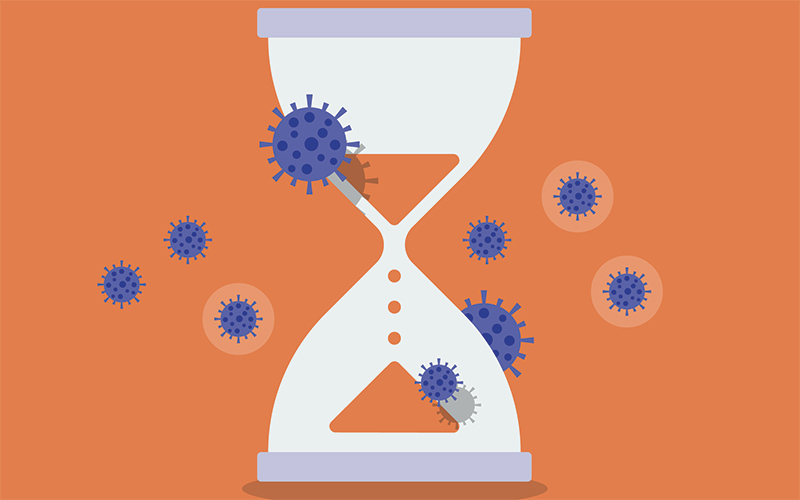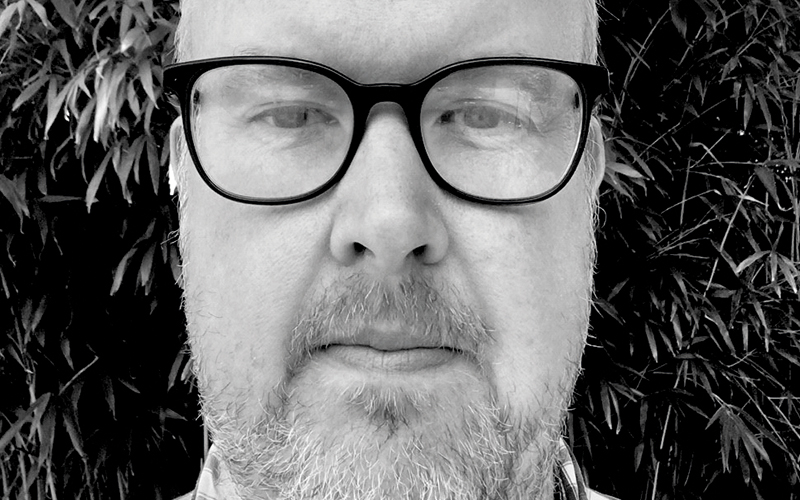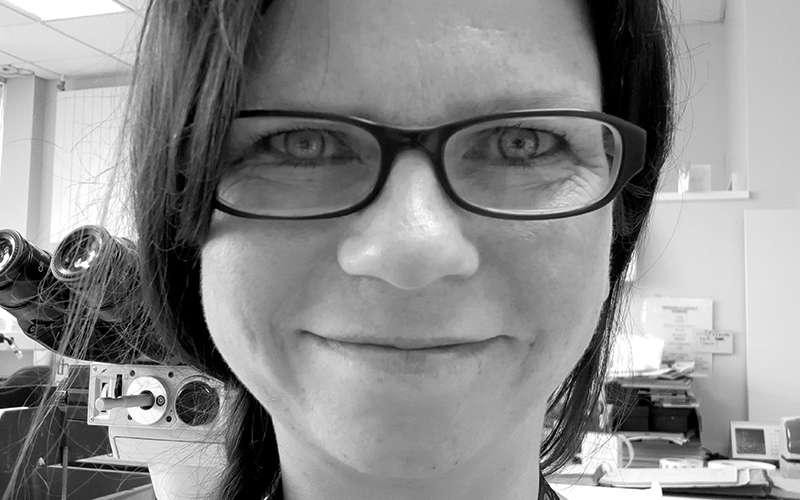

Special Analytical Techniques Manager Laboratory Medicine Department,
Swansea Bay University Health Board
The short answer is – I believe for quite some time, but I think the question is more nuanced and multi-factorial; when will there be a vaccine available, when will the lockdown finish, when will social distancing end, what solutions will science come up with?
Multiple vaccines are being developed, but that won’t be a quick process. Until a vaccine is implemented, some restrictions could still be in place for us. Sadly, there is currently confusing and conflicting advice from the different governing parliaments in the UK. Hopefully, that will be resolved and guided by evidence.
Another way to look at this question is how long will we be living with the impact of COVID-19. Laboratories, as well as other professions, have had to make changes to how they work. I think this pandemic has highlighted that we can make changes to our working arrangements and we should embrace change and reflect that, although some of these may not be suitable when things get back to “normal” other changes may be beneficial. At a local level, we’ve noticed there has been a lot more interaction between pathology and colleagues in our health board and hopefully this will continue. It’s also interesting to see how other professions have had to adapt to new roles.
However long we’re in this situation, we need to ensure the wellbeing of staff.
A final thought on this – pathology is staffed with brilliant people and we will get through this, however long it takes.

Associate Practitioner University Dental Hospital,
Cardiff
Alongside the grief that some have felt due to COVID-19, I do feel that there have been some incredible positives. Firstly, the nation’s new hero Captain Tom Moore, who did an amazing thing by raising all that money, brought us closer together and was rightly awarded the honour of Colonel.
The outstanding combined work of the NHS and army, plus many other key workers to get the new field hospitals up and running was amazing.
We are seeing A&E waiting times as they should be, as the service is no longer being abused, and the undervalued and the overlooked work of carers is at last being recognised. Sadly, however, I have a feeling that this goodwill and gratitude will be short-lived as lives return to normal.
Although we may be living along with the virus until a vaccine is available, I do feel that the fallout from this pandemic will be felt by others for many months afterwards.
Families will still be grieving, key workers will still be some of the lowest paid workers in the country, hospitals will still have to play catch up from the routine appointments missed, stock piles of PPE will still need to be sourced and pupils will still try to sit exams.
So as the majority of the nation is able to slowly return to what will be a new type of normal over the next few months, there will be a few within our society who are still in need of our care and attention.

Higher Specialist Biomedical Scientist
Hull University Teaching Hospitals NHS Trust
The COVID-19 pandemic has already altered the lives of us all dramatically. As health professionals, our personal lives have been affected as much as our working environment; from reductions in routine testing, to the vast increase in demand for respiratory PCR tests, to support patient pathways. The input of biomedical scientists is now in great demand and we are deservedly receiving increased acknowledgement.
We hope the demand for antigen testing will decrease over the coming months, but we are braced for a second wave of COVID-19 infections as lockdown measures are eased. Antibody detection and a vaccine offer the best hope of controlling the pandemic, but we do not know if an antibody response will prevent re-infection, or how lasting and effective immunity will be. Nor do we know if the virus will remain the same or mutate.
There are several coronavirus strains that are endemic, which raises the possibility that this novel strain could follow suit. We could be in the situation similar to influenza where an annual vaccine is required for protection.
With so many unanswered questions regarding the virus it is fair to say we could be living with COVID-19 forever! Until all these questions are answered through surveillance and research, we will be living with COVID-19 life adjustments and infection control measures for the foreseeable future. Normal life, at the moment, seems very far away, if not gone forever. Perhaps this is the new normal.




